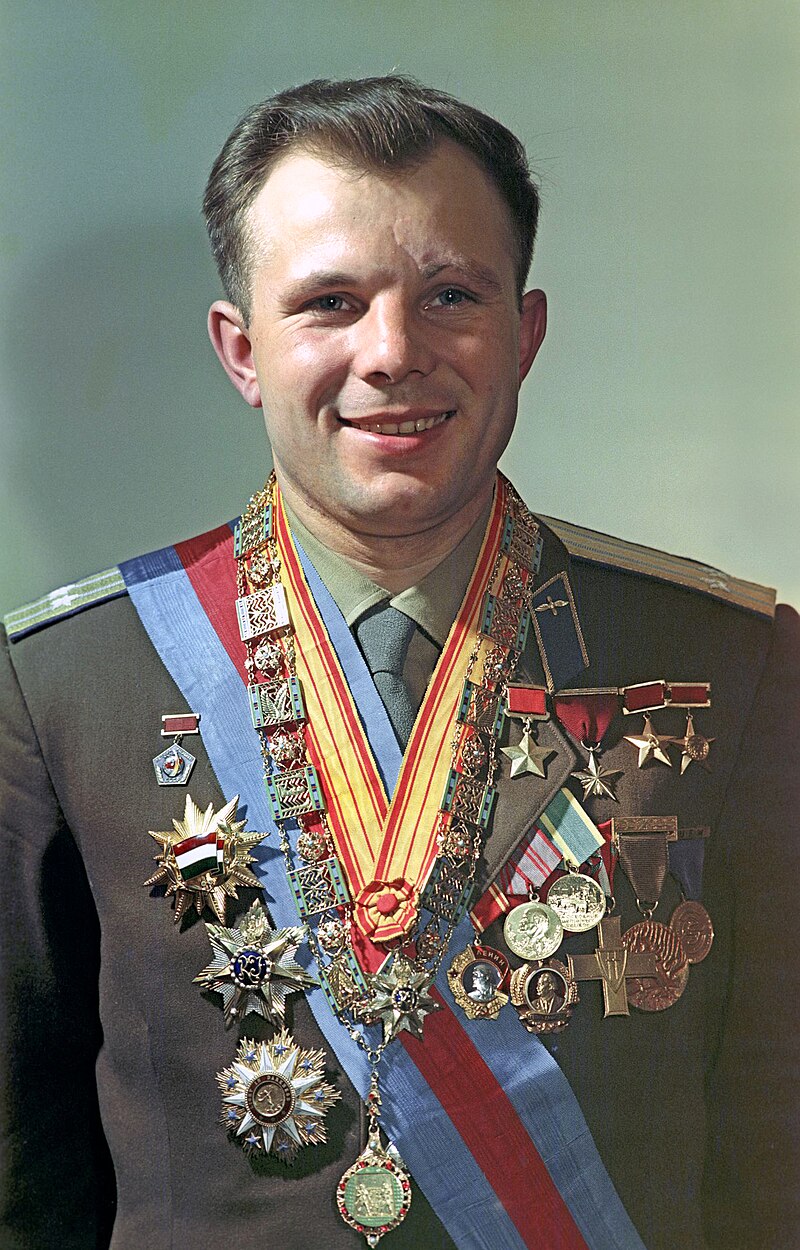On April 12, 1961, Yuri Gagarin and the Soviet Union etched their names in history. With unparalleled bravery, Gagarin ascended into the Vostok 1 and soared into the cosmos, becoming the first human to ever journey into space. This moment was a triumph of Soviet engineering and Gagarin’s extraordinary courage. In many ways, this moment was also a direct consequence of the Second World War.
The war saw the birth of rocket technology, initially used for delivering explosive payloads over long distances. The potential for these missiles to become more than weapons was not lost on anyone. The post-war era saw the US and the USSR emerge as the dominant superpowers, but their alliance during the war quickly turned into fierce competition. As rocket technology paved the way for space exploration, the space race became a battleground for the two superpowers to assert dominance.
Once Gagarin left the Earth’s atmosphere, he orbited the planet once at a speed of more than 17,000 miles per hour, taking just 108 minutes in total. In getting Gagarin into space, the Soviets had taken a lot of risks. Reentry and landing involved many risks nobody had ever taken before. Gagarin actuated from his spacecraft on the way down to float gently down with a parachute to be safe. A computer brought the spaceship back to Earth. Gagarin never returned to space, but he was remembered as a hero for the rest of his life.

